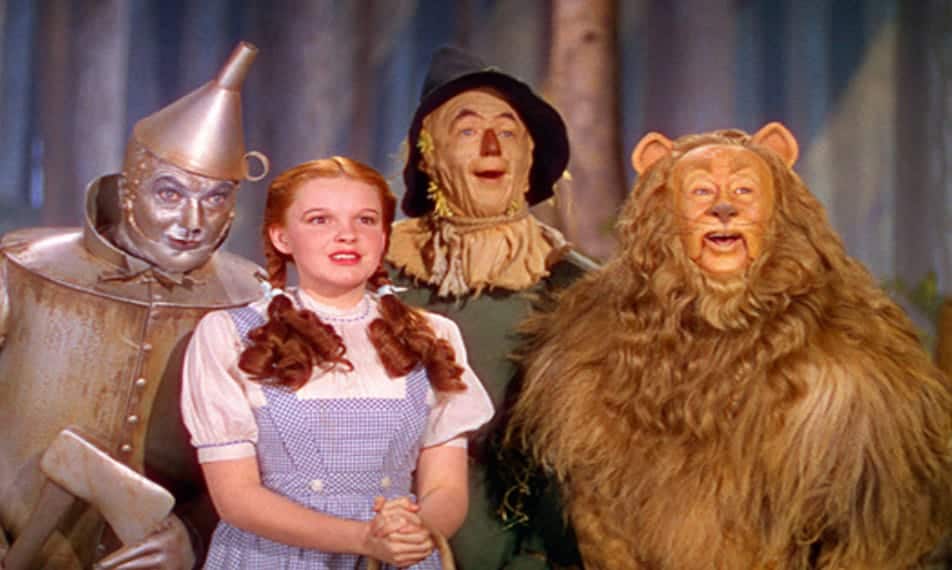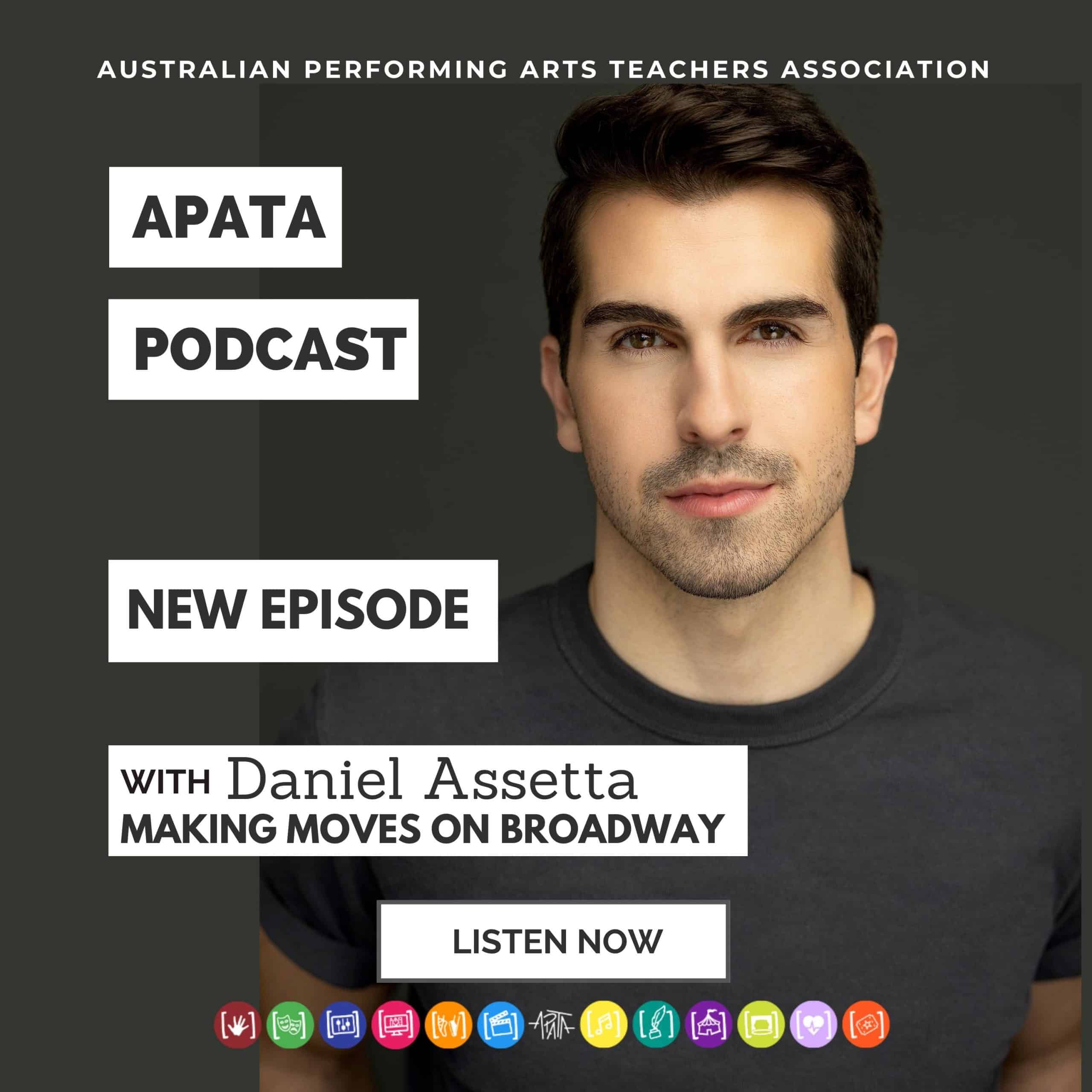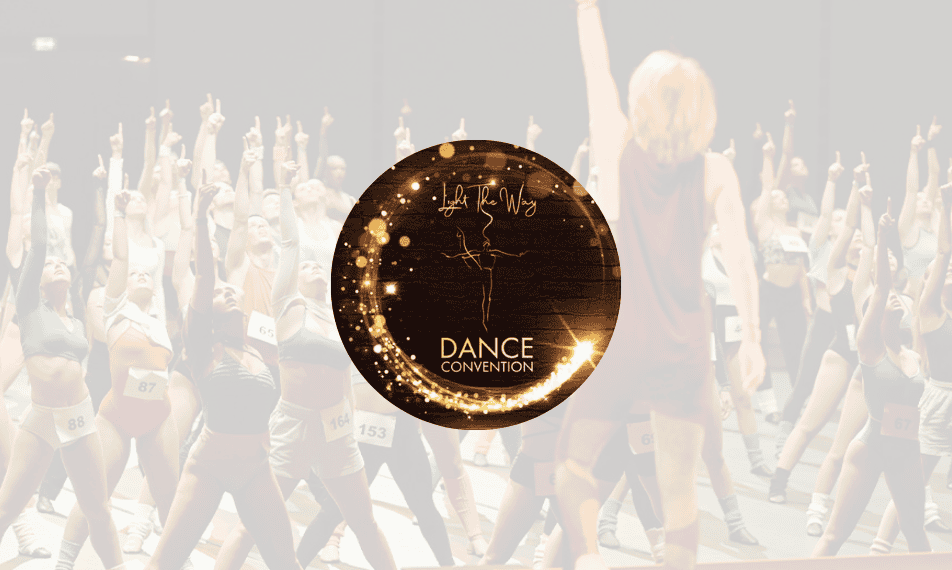
40 Fast Facts – ‘The Wizard of Oz’
Posted by APATA | Jul 17, 2019
40 fast facts about one of our all time favourite movies – The Wizard of Oz!
Bert Lahr’s Cowardly Lion costume weighed almost 100 pounds and was made with real lion pelts.
Judy Garland had to wear a corset in order to appear more childlike for her role as Dorothy. She was 16 years old when she made the movie.
The early Technicolor process required extra light than a normal film production, so the set temperatures often exceeded 100 degrees.
In L. Frank Baum’s 1900 novel, The Wonderful Wizard of Oz, Dorothy’s slippers were silver. They were changed to “ruby” in order to take advantage of the Technicolor wow factor and multiple sets were created for the film.
The special effects crew used flavored Jell-O powder to color the horses for the Emerald City scenes.
Actress Margaret Hamilton played the Wicked Witch of the West and was depicted as an old hag. In reality, Hamilton was only 36 years old at the time, while her on-screen nemesis, the younger-looking and prettier Glinda the Good Witch of the North (played by Billie Burke), was 54.
Shirley Temple, then 11-years-olds, was a frontrunner for the part of Dorothy, but it’s said that producers didn’t think she had the vocal chops to cut it. There was also a contract quibble.
Buddy Ebsen (aka Jed Clampett on The Beverly Hillbillies) was the first choice for the Tin Man, but the actor suffered from an extreme allergic reaction to the aluminum dust in his makeup. Jack Haley took over the role, and makeup artists switched to an aluminum paste. It gave him an eye infection.
Toto was a female Cairn Terrier named Terry. She was injured during filming (one of the witch’s guards accidentally stepped on her). She was paid a $125 a week, which was more than many of the Munchkin actors received. Toto had a happy career in movies until she passed away in 1945.
Judy Garland was outfitted with a blonde wig and heavy baby-doll makeup when filming started, but intermediate director George Cukor ditched the look in favor of a natural appearance.
The Wicked Witch’s makeup was toxic, so actress Margaret Hamilton lived on a liquid diet to avoid accidental ingestion. Her face stayed green for weeks after shooting finished due to the copper-based ingredients.
The tornado in the film was created with a 35-foot-long muslin stocking that was spun while dirt, dust, and wind blew against it. The Kansas farm was a miniature.
Wicked Witch actress Margaret Hamilton was severely burned in the scene where she disappears into a cloud of smoke. Her stand-in and stunt double, Betty Danko, was also injured during the skywriting sequence.
It took five directors and 14 writers to bring The Wizard of Oz to the big screen.
The paint used to color the Yellow Brick Road showed up green on a screen test. The crew replaced it with standard yellow industrial paint.
The Wizard of Oz hit VHS in 1980.
Producer Louis B. Mayer wanted to create a movie that would beat the success of Walt Disney’s Snow White and the Seven Dwarfs. Disney wanted to film the Baum adaptation, but MGM owned the rights to the book.
The now famous song ‘Over the Rainbow’ was almost cut from the movie, because execs thought it made the movie too long.
The Tin Man’s oil was really chocolate sauce. Real oil didn’t show up sufficiently on film.
There were 3,210 costumes created for the movie.
The shabby coat that Frank Morgan’s Professor Marvel/The Wiz wore was a thrift store find. It was discovered later that it used to belong to Oz author, L. Frank Baum (his name was sewn into the garment). Baum’s widow and tailor confirmed the find.
The girl’s voice heard in the Tin Man’s “If I Only Had a Heart” belongs to Adriana Caselotti, who voiced Walt Disney’s Snow White.
Chrysotile asbestos fibers (yes, the carcinogenic stuff) were used to create the snow in the “poppy field” scene.
Many of the scenes featuring the Wicked Witch had to be cut or edited, because she was considered too frightening for children.
Dorothy’s blue and white gingham dress was actually blue and pink. True white looked underwhelming on the big screen due to the Technicolor process.
The 1939 New York Times review of the movie stated: “It is all so well-intentioned, so genial and so gay that any reviewer who would look down his nose at the fun-making should be spanked and sent off, supperless, to bed.”
The original cut ran 120 minutes long.
Dorothy’s hair changes length in the movie, most visible in the Scarecrow’s cornfield scene. This was due to reshoots, and changes in her costume and overall look.
The Wizard of Oz was shot on a studio set. The only location footage featured in the movie is the shot of clouds during the opening credits.
There were 124 little people cast as Munchkins.
When the Witch tries to yank off the Ruby Slippers, a fire erupts. The effect was created with apple juice sped up on film to make it look like fire.
Poor Toto was frightened of the steam that shot out of the Tin Man’s hat.
You can see wrinkles in the Tin Man’s pants, which betrays the fantasy that he’s made of metal.
The scenes of Dorothy’s house falling from the sky were captured by dropping a miniature prop onto a painting of a sky. The film was reversed to create the effect.
The original 120-minute cut of the film was viewed by a theatrical audience only one time.
There are about 44 major differences between Baum’s book and the film.
Only two of the Munchkins actually had speaking parts. Professional singers and voice actors dubbed the others.
In the original 120-minute cut of the movie, the Wicked Witch’s skywriting read: “Surrender Dorothy or Die! — WWW.”
MGM paid L. Frank Baum a whopping $75,000 for the film rights to his book, which was big money in those days.
The film was nominated for six Academy Awards but lost Best Picture to Gone with the Wind.











